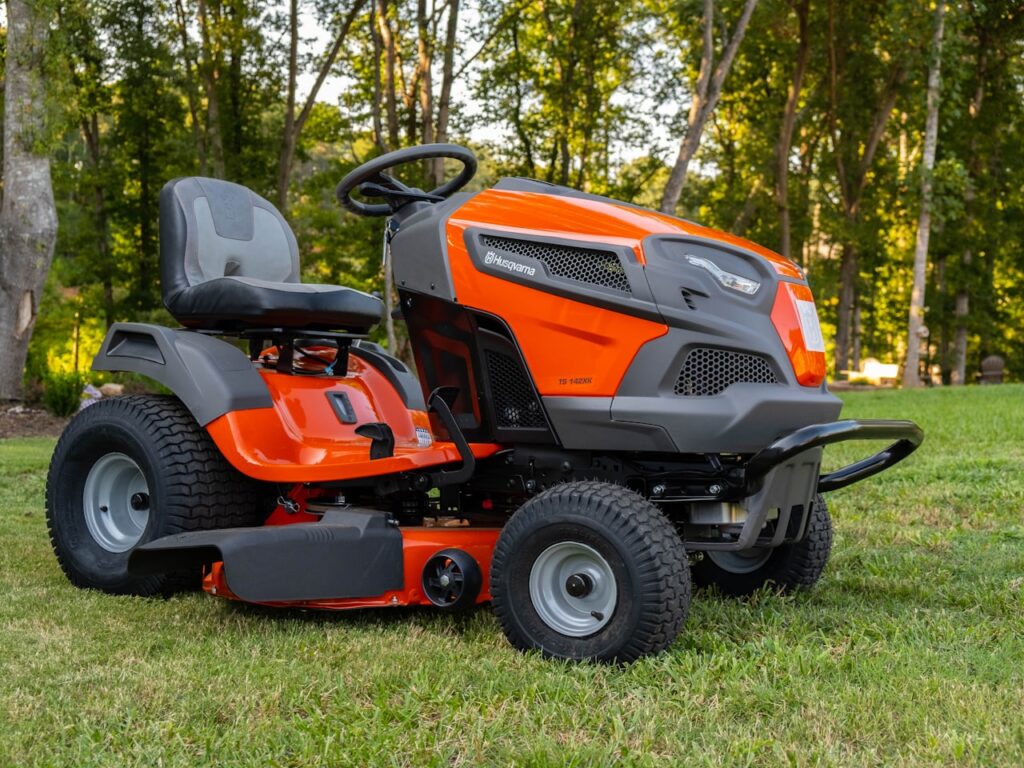Here is a list of 12 jobs to do for August in your garden.

1. Harvesting:
- Vegetables: Harvest crops like tomatoes, courgettes, cucumbers, beans, and peppers regularly.
- Herbs: Continue harvesting herbs like basil, mint, and parsley to encourage further growth.
- Fruits: Pick ripe fruits such as apples, pears, plums, and blackberries.
2. Pruning and Deadheading:
- Deadhead Flowers: Remove spent flowers from roses, dahlias, and other summer-flowering plants to encourage more blooms.
- Prune Shrubs: Lightly prune summer-flowering shrubs like hydrangeas and lavenders after they finish blooming – don’t cat as far back as the brown stalks as it will not grow back, always make sure you cut lavender about an inch away from the brown stalks. This will ensure it’s regrowth.
- Cut Back Perennials: Trim back any perennials that have finished flowering, like geraniums and daylilies.
3. Watering and Feeding:
- Watering: Ensure your garden stays well-watered, especially during dry spells. Early morning or late evening is best to avoid evaporation and burning you plants.
- Feeding: Feed flowering plants with a high-potash fertilizer to prolong flowering. Feed vegetable plants to boost crop production.
4. Weeding and Mulching:
- Weed Control: Keep on top of weeds, pulling them out before they set seed.
- Mulching: Apply a layer of mulch around plants to help retain moisture and suppress weeds.
5. Lawn Care:
- Mowing: Mow the lawn regularly, but avoid cutting it too short in hot weather to prevent it from drying out.
- Watering: If the weather is hot and dry, water the lawn early in the morning or evening.
6. Planting:
- Autumn Crops: Sow seeds for autumn and winter crops like lettuce, spinach, radishes, and turnips.
- Bulbs: Start planning and planting spring-flowering bulbs like daffodils, crocuses, and tulips.
7. Pests and Diseases:
- Inspect Plants: Regularly check for pests like aphids, slugs, and snails. Treat infestations promptly.
- Diseases: Watch for signs of diseases like powdery mildew or blight and take appropriate action.
8. Greenhouse and Indoor Plants:
- Ventilation: Keep greenhouses well-ventilated to avoid overheating.
- Shade: Provide shading in the greenhouse to protect plants from excessive sun.
9. Composting:
- Compost Bin: Add garden waste, grass clippings, and kitchen scraps to the compost bin. Turn the compost regularly.
10. General Maintenance:
- Tools: Clean and sharpen garden tools. Check for any repairs that need to be done.
- Paths and Patios: Sweep and clean patios, paths, and driveways to remove dirt and moss.
11. Wildlife Care:
- Bird Baths: Keep bird baths clean and topped up with fresh water.
- Bird Feeders: Continue feeding birds and providing water, as food can be scarce for them in late summer.
12. Planning Ahead:
- Autumn Garden: Start planning your autumn garden, thinking about which plants will need replacing and what new plants you want to introduce for the following years display.
These tasks will help keep your garden healthy and productive through the late summer and into the Autumn.

Leave a Reply